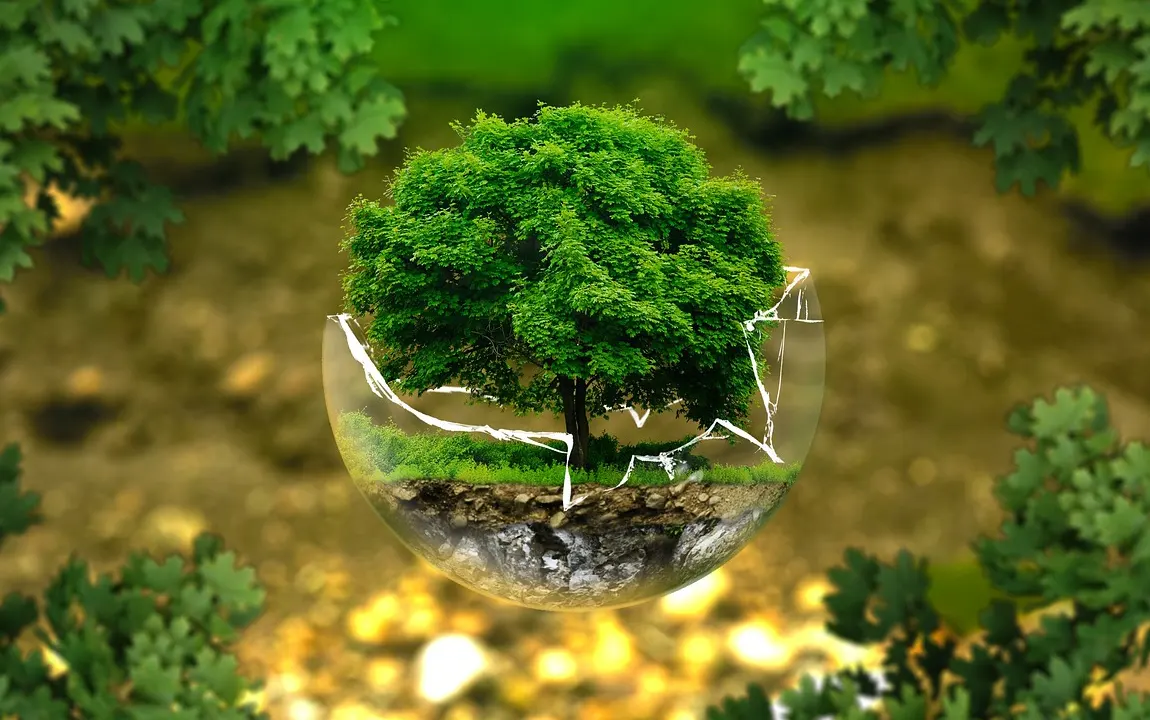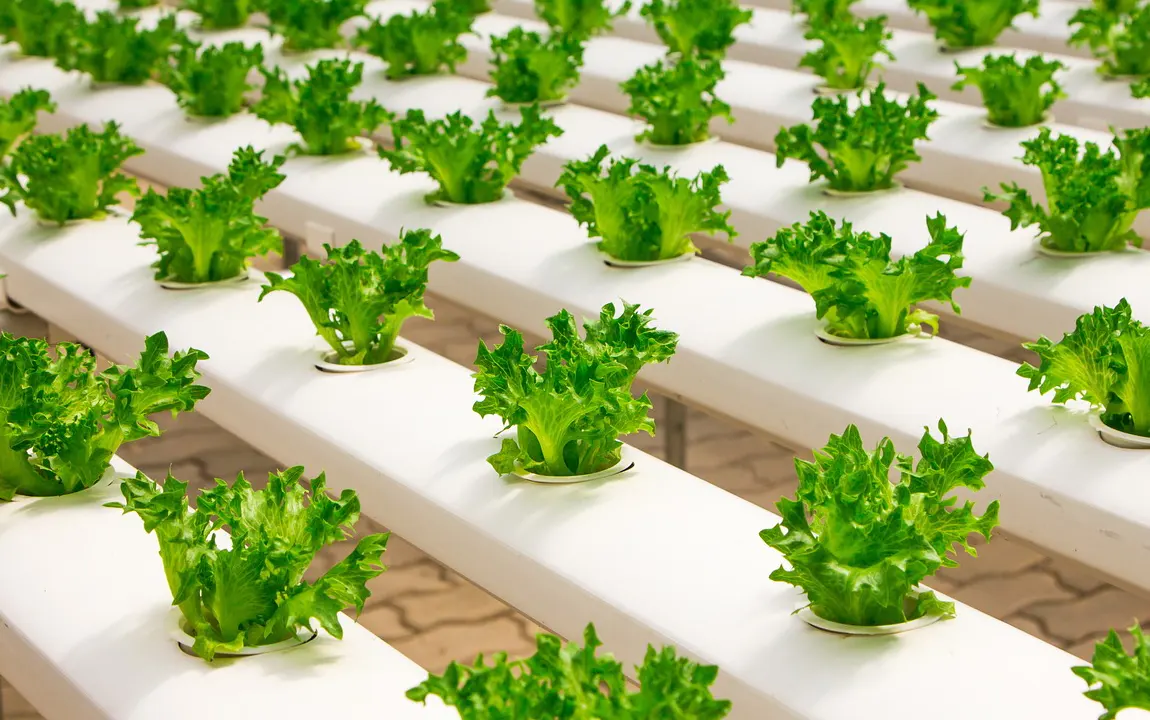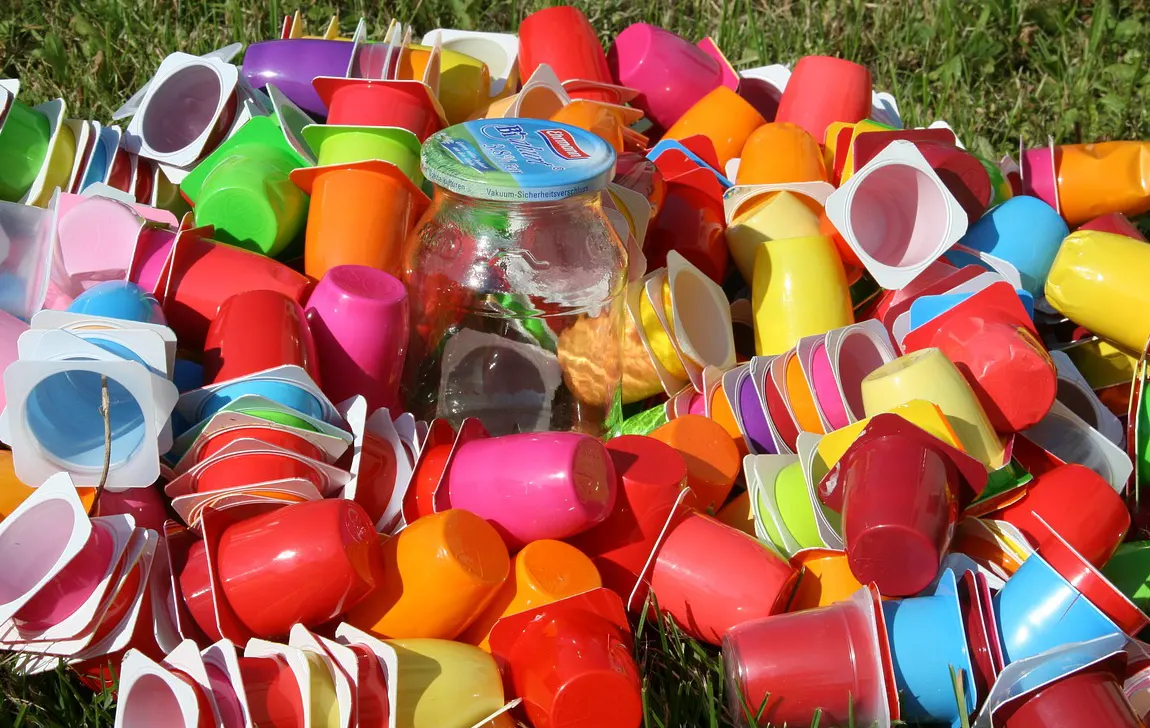The most trusted movers in Melbourne
Home » 8 Tips For A Greener New Home
You’ve just moved into a new home and you’re eager to make it as green as possible! With these 8 tips, you can reduce your carbon footprint and create a more sustainable home.
From composting to LED lighting, you’ll be able to save energy, money, and the environment. So let’s get started and make your new home greener!

Start composting today to reduce your waste and carbon footprint. Composting is a great way to reduce your environmental impact, as it reduces greenhouse gases and creates rich fertiliser.
The process is simple: start with small bins for your kitchen and outside. Then turn the compost with a shovel every month or two. If you live in an apartment, check your council website for green waste bins.
Troubleshooting can be as simple as researching indoor or outdoor composting. The benefits of composting are clear: it reduces waste, saves money, and enhances your environment. Get started with composting today and reap the benefits of a greener lifestyle.

Composting can create a thriving garden, so why not take advantage of your new home and start growing vegetables and herbs? Container gardening is great for small spaces, while vertical farming maximises the use of vertical space.
Companion planting helps to naturally keep pests away. Organic pest control is a great way to keep your garden healthy without the use of harsh chemicals. Hydroponic systems can also be used to grow plants without soil.
All of these techniques can help create a sustainable garden, reducing your carbon footprint while providing you with fresh produce.
After growing your own vegetables and herbs with compost, how else can you make your new home greener?
Taking these steps can help you save energy and money while reducing your carbon footprint.
Eliminate the need for excessive cooling by installing energy saving curtains for thermal insulation. Thick curtains can help maintain a steady temperature and reduce energy bills. Choose materials that are light-coloured and durable, such as linen, cotton, or silk.
When installing curtains, measure the window area for the best fit. Use a curtain rod that’s adjustable and hang curtains as close to the window pane as possible. For maintenance, remove curtains and vacuum or dry clean them regularly. With the right care, curtains can last for years and provide energy savings.
Installing curtains is an easy and effective way to reduce carbon footprint and save money.
Continuing with the theme of reducing your carbon footprint, a water-efficient showerhead is an easy way to save water and money. Water-efficient showerheads use less water than regular ones without sacrificing pressure. Look for showerheads with a low litres-per-minute rating and replace the old one with a new one for water-saving techniques.
Eco-friendly bathroom fixtures are a great way to conserve water at home. Benefits of water-efficient showerheads include using less water than regular ones and saving money on water bills. There are many ways to conserve water at home, but using a water-efficient showerhead is one of the most effective water conservation tips.
Another way to reduce your carbon footprint is to recycle soft plastics. The REDcycle program is a great way to keep soft plastics out of landfills. You can easily deposit them in REDcycle bins at participating supermarkets or find the closest bin on their website.
Upcycling ideas and waste reduction strategies can also help reduce your plastic consumption. Consider plastic free alternatives for items like reusable water bottles, sustainable packaging options, and eco friendly cleaning products.
Do your part in helping the environment by recycling soft plastics and reducing your waste.

Next, consider installing energy-efficient LED lighting in your new home to reduce your carbon footprint. LEDs offer several advantages, including a longer lifespan than traditional lighting, lower energy consumption, and low maintenance requirements.
Installation is relatively simple and cost-effective, and you can enjoy the energy savings almost immediately. LEDs last for an average of 25,000 hours and draw less energy than incandescent bulbs, making them a great choice for the environment. They also require less maintenance than traditional lighting, saving you time and money.
With proper installation, LED lighting can be a great way to reduce your carbon footprint and make your home more sustainable.

Harness the power of rainwater by collecting it for your new home! Rainwater harvesting is a great way to help your new home become greener.
There are many benefits of rainwater collection, such as reducing demand on the local water supply, and it can be used for both indoors and outdoors. Rainwater can be used for many purposes, such as watering the garden, flushing toilets, and washing clothes.
Rainwater collection systems come in a variety of shapes and sizes, and can be customised to fit your home’s needs. To ensure your rainwater collection system remains effective, it’s important to maintain it by regularly cleaning the gutters, replacing any cracked or broken pipes, and checking the water tanks for possible leaks.
With rainwater collection, your new home is sure to become greener!
You can make your new home more sustainable and save money in the long run.
Composting, growing vegetables and herbs, efficient heating and cooling, insulation with curtains, a water-efficient showerhead, recycling soft plastics, LED lighting, and rainwater collection are all great tips for a greener new home.
By taking the time to implement these strategies, you can reduce your carbon footprint and create a more sustainable future.
Ready to make the move to Melbourne? Get a quote today and start your journey!
Quick Pick Movers, Melbourne removalists offers furniture removals, piano & pool table moves all around Melbourne and country Victoria.
With highly-trained movers and up-to-date equipment and trucks, a successful move is guaranteed.

Send Us a Message
manager@quickpickmovers.com.au
Telephone
03 9778 7773
Address
2/9 Viewtech Pl, Rowville VIC 3178